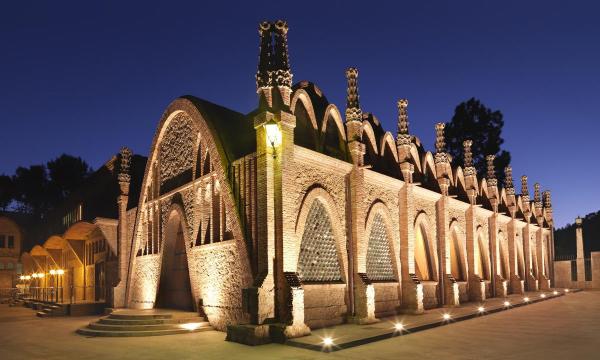Winery
Codorniu
Sant Sadurní d'Anoia
You can find it at:
Codorníu is synonymous to the history of a family of winegrowers which goes back to the XVI century. It is the oldest family business in Spain and one of the oldest in the world. It now has 450 years of history behind it.
In 1895 Manuel Raventós, the man who launched Codorníu on a large scale, hired the art nouveau architect Josep Puig i Cadafalch (a contemporary of Gaudí) to expand the winery. The building he built symbolises the fruitful alliance between nature and human labour and is a homage in stone to the silence of cava. It was declared a Historical Artistic Monument in 1976 and constitutes one of the most impressive examples of architecture at the service of cava making and cellaring.
Under the earth, in a labyrinth of underground cellars, is where Codorniu’s cavas have for over a century now undergone their second fermentation and aging at a constant temperature. In 1872 Josep Raventós Fatjó made cava for the first time in Spain following the Traditional Method and using local grapes from the Penedés: Macabeo, Xarel•lo and Parellada. By doing so he started up an entirely new industry in the region and linked the Codorníu brand to the history of cava.
A good cava is made from premium quality grapes. That’s why Codorníu carefully selects its grapes and manages its vineyards meticulously. For many years now it has applied sustainable winegrowing practices, in other words, allowing nature to run its course and only intervening when there are imbalances. Thus Codorníu combines tradition and innovation in the cava making process controlling each stage of the process until the product reaches final consumers.
